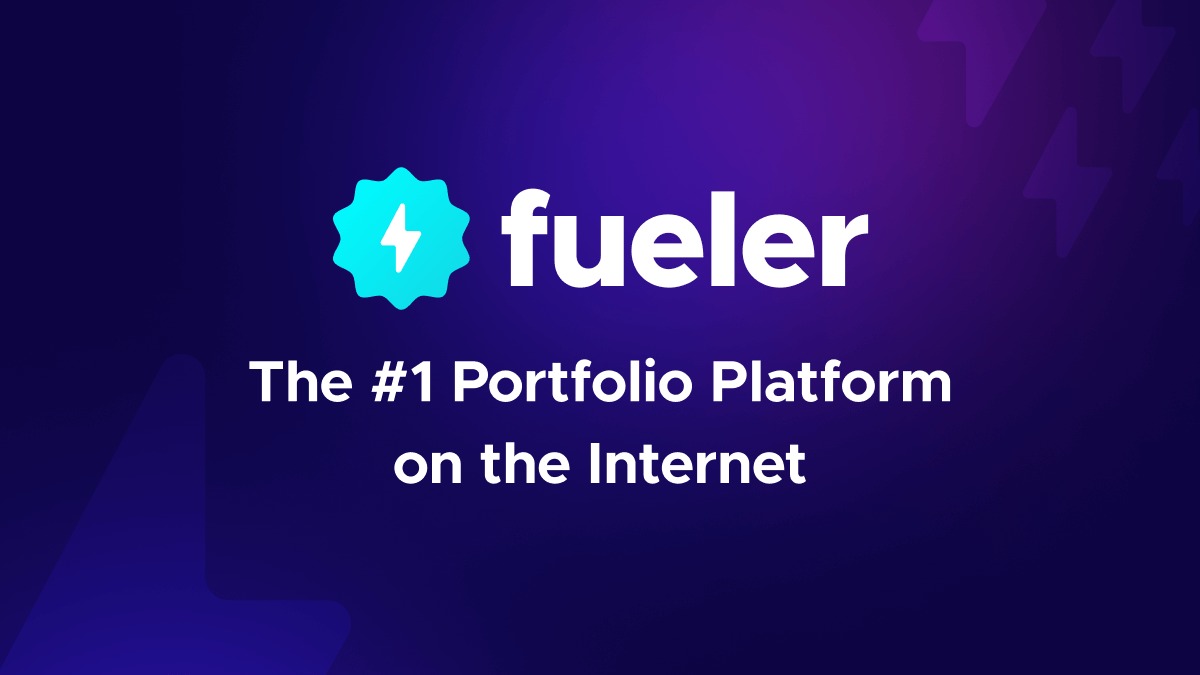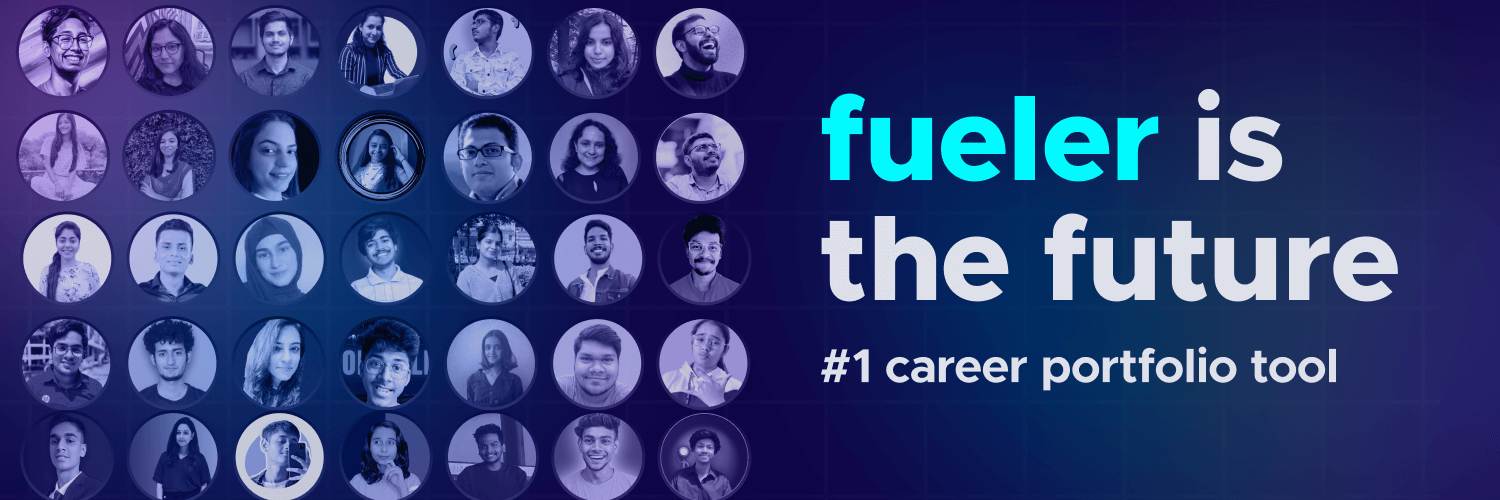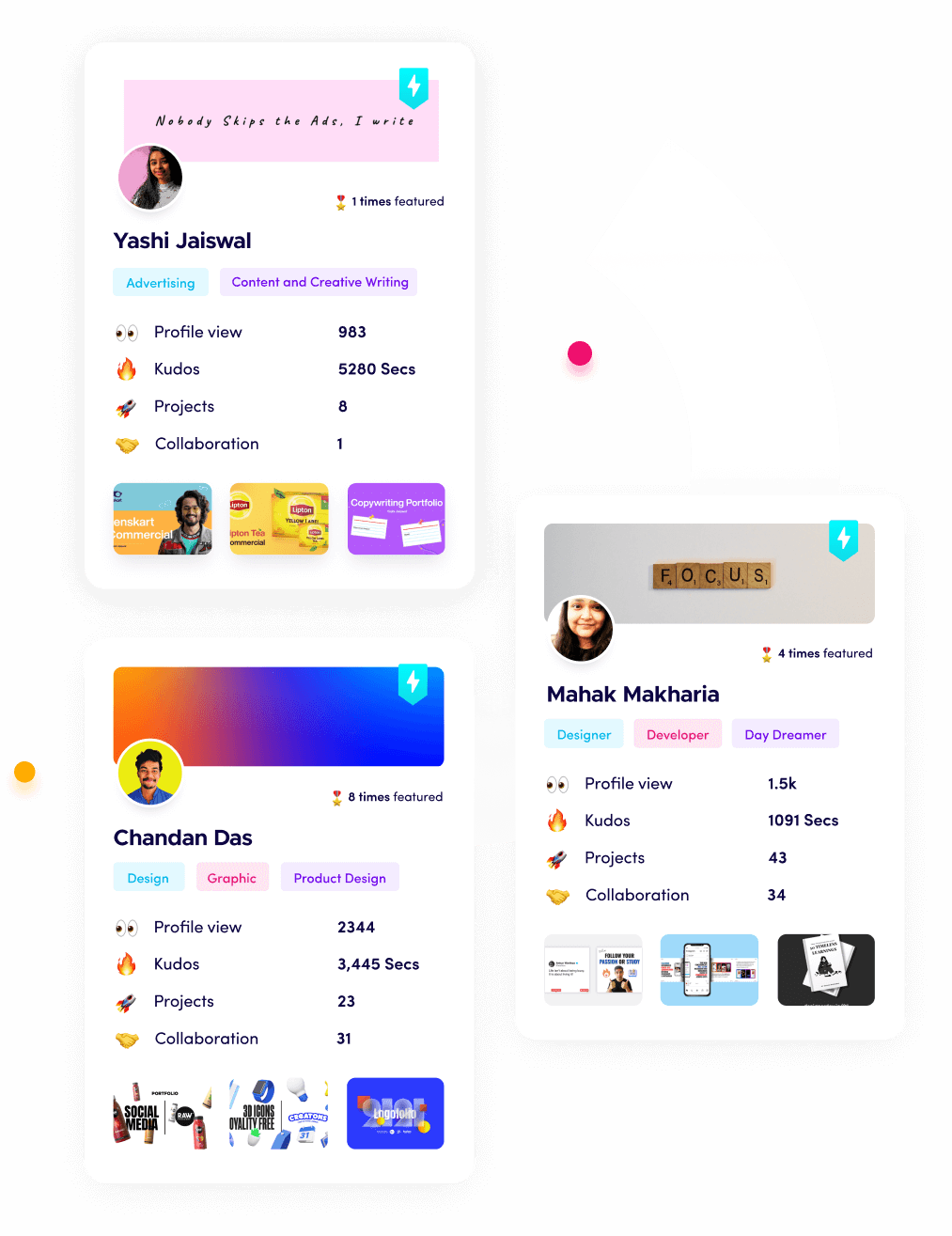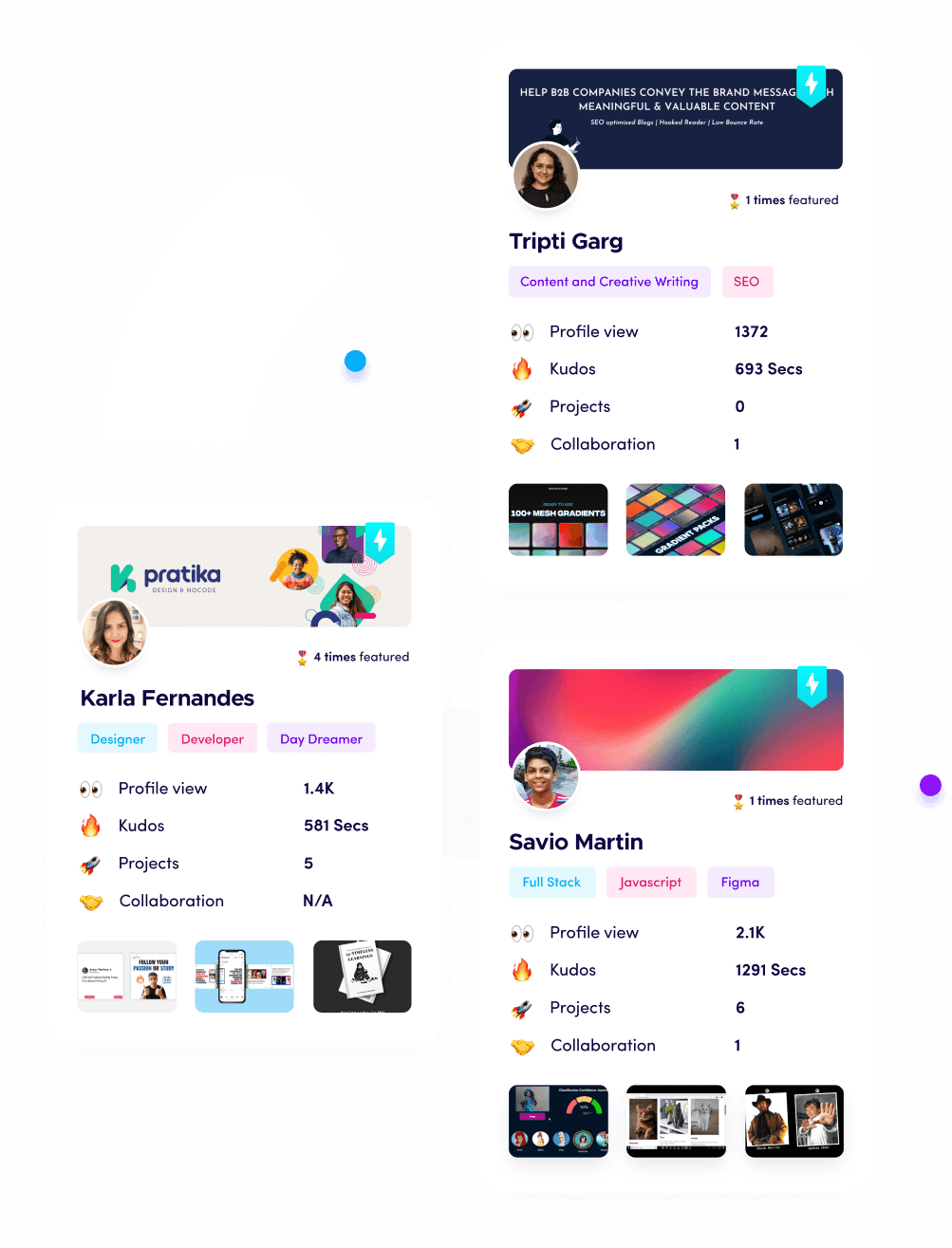30-Day Plan to Go from Noob to Freelance Pro

Riten Debnath
27 Jun, 2025

Are you ready to leave behind confusion and overwhelm, and finally start your freelance journey with confidence? In 2025, freelancing is more competitive than ever, but with a focused 30-day plan, you can go from total beginner to a skilled, confident freelance pro—no guesswork, just real results.
I’m Riten, founder of Fueler—a platform that helps freelancers and professionals get hired through their work samples. In this article, I’ll walk you through a day-by-day roadmap to build skills, create a portfolio, and start landing projects. Remember, freelancing isn’t just about what you know—it’s about how you show it. Your portfolio is your proof of skill, your credibility, and your shortcut to trust. Let’s make your first month your launchpad to success.
Week 1: Laying the Foundation
1. Identify Your Skills and Choose a Niche
Start by listing your strengths, interests, and any experience you have. Research which freelance skills are in high demand in 2025, and pick a niche that excites you and has a healthy market.
- Write down your top 5-10 skills and passions
- Explore freelance job boards to see what’s trending
- Narrow your focus to one or two niches
- Check if your niche has active communities or job postings
Why it matters:
Choosing the right niche helps you stand out and attract the right clients. It’s the first step to going from noob to freelance pro, giving your journey a clear direction.
2. Set Up Your Online Presence
Create professional profiles on platforms like LinkedIn, Twitter, and Fueler. Use a clear photo, write a short bio, and highlight your skills and interests.
- Use the same name and photo everywhere for consistency
- Write a simple, friendly bio mentioning your niche
- List your skills and any relevant experience
- Follow industry leaders and potential clients
Why it matters:
A strong online presence builds trust and makes it easy for clients to find and remember you. It’s your digital handshake in the freelance world.
3. Learn Freelancing Basics
Spend time understanding how freelancing works—how to find clients, set rates, and manage projects. Read blogs, watch YouTube videos, or take a free online course.
- Study how to write proposals and communicate with clients
- Learn about contracts, payments, and deadlines
- Understand client expectations and project management basics
- Join a few freelance communities for support
Why it matters:
Knowing the basics helps you avoid rookie mistakes and sets you up for long-term success as a freelancer.
Week 2: Building Skills and Proof
4. Complete a Mini Project or Assignment
Pick a small project related to your niche—like designing a logo, writing a blog post, or coding a landing page. Treat it as if you’re working for a real client, even if it’s just for practice.
- Choose a project that shows your main skill
- Set a deadline and stick to it
- Document your process and results
- Save all files and screenshots for your portfolio
Why it matters:
Mini projects build your confidence and give you something real to show potential clients. They’re the building blocks of your freelance proof.
5. Start Your Proof-of-Work Portfolio
Use Fueler or a similar platform to showcase your mini project. Write a short case study explaining what you did, how you did it, and what you learned.
- Add images, descriptions, and your thought process
- Highlight any challenges you overcame
- Link your portfolio in your social profiles
- Update it as you complete more projects
Why it matters:
A proof-of-work portfolio is your best tool for landing freelance jobs in 2025. It shows clients you can deliver results, not just talk about them.
6. Learn a New Tool or Skill
Pick one tool or skill that’s important in your niche—like Canva for design, WordPress for web, or ChatGPT for content. Spend a few days learning the basics and practicing.
- Choose a tool that’s popular in your field
- Watch free tutorials or take a short course
- Practice by making something small with the tool
- Add your new skill to your portfolio
Why it matters:
Learning new tools keeps you competitive and helps you offer more value to clients, accelerating your journey from beginner to pro.
Week 3: Building Your Network and Confidence
7. Connect with Other Freelancers
Reach out to other freelancers in your niche. Join online communities, comment on their posts, and ask questions. Building relationships can lead to advice, referrals, and even partnerships.
- Join relevant groups on LinkedIn, Discord, or Slack
- Introduce yourself and share your goals
- Ask for tips or feedback on your work
- Offer help or encouragement to others
Why it matters:
Networking opens doors to new opportunities and helps you learn from those who’ve already succeeded. It’s a shortcut to freelance growth.
8. Share Your Journey Publicly
Start posting about your learning, projects, and progress on social media. Be honest about your challenges and celebrate your wins, no matter how small.
- Post updates at least twice a week
- Share screenshots, before-and-after images, or lessons learned
- Use relevant hashtags to reach more people
- Ask for feedback or advice from your audience
Why it matters:
Sharing your journey makes you relatable and builds a supportive audience. In 2025, clients want to hire real people, not faceless profiles.
9. Ask for Feedback and Testimonials
If you’ve done a project for a friend, family member, or even yourself, ask for honest feedback. If they’re happy, request a short testimonial to add to your portfolio.
- Send a simple message asking for feedback
- Use positive feedback as testimonials on your site
- Thank people publicly for their support
- Use constructive criticism to improve your work
Why it matters:
Testimonials and feedback build trust and show future clients that you deliver value, even as a beginner.
Week 4: Landing Your First Clients
10. Apply for Small Freelance Gigs
Start small—look for entry-level jobs or short-term gigs on platforms like Upwork, Fiverr, or local job boards. Don’t worry about pay at first; focus on getting experience and building your track record.
- Set up profiles on 1-2 freelance platforms
- Apply to 3-5 gigs each day
- Write personalized proposals for each job
- Follow up politely if you don’t hear back
Why it matters:
Small gigs help you get your foot in the door and build momentum. Every project is a step closer to becoming a freelance pro.
11. Deliver Outstanding Work and Communicate Clearly
When you land a job, focus on delivering your best work and communicating professionally. Meet deadlines, ask questions when needed, and keep the client updated.
- Double-check your work before submitting
- Respond quickly to client messages
- Be honest about timelines and expectations
- Ask for feedback after the project ends
Why it matters:
Great work and communication lead to positive reviews, repeat clients, and referrals—key ingredients for long-term freelance success.
12. Update and Share Your Portfolio
Add every new project, testimonial, or skill to your Fueler portfolio. Share your updated portfolio link on your social profiles and with potential clients.
- Add new case studies and results regularly
- Highlight your best work at the top
- Share your portfolio link in your email signature
- Celebrate your progress publicly
Why it matters:
A living portfolio shows your growth and keeps you top-of-mind for clients. It’s your most powerful asset as you go from noob to freelance pro.
Final Thoughts
Your first 30 days as a freelancer are all about learning, building proof, and taking action. Don’t wait for perfection—start with what you have, share your journey, and keep improving. Use platforms like Fueler to turn your work into opportunities. Remember, every pro was once a beginner. With focus and consistency, you can go from noob to freelance pro in just one month.
FAQs: 30-Day Plan to Go from Noob to Freelance Pro
1. What is the best way to choose a freelance niche in 2025?
Research trending freelance skills, match them with your interests and strengths, and pick a niche with active job postings and communities.
2. How important is a portfolio for new freelancers?
A proof-of-work portfolio is essential—it shows clients real results and builds trust, even if you’re just starting out.
3. Where can I find my first freelance jobs as a beginner?
Start with platforms like Upwork, Fiverr, and LinkedIn, or ask friends and family for small projects to build experience.
4. How do I get testimonials if I’m new and have no clients?
Offer your services to friends, family, or nonprofits in exchange for honest feedback and a testimonial for your portfolio.
5. How can Fueler help me as a new freelancer?
Fueler lets you organize your projects, case studies, and testimonials in one place, making it easy to showcase your proof of work and get hired through assignments.
What is Fueler Portfolio?
Fueler is a career portfolio platform that helps companies find the best talents for their organization based on their proof of work.
You can create your portfolio on Fueler, thousands of freelancers around the world use Fueler to create their professional-looking portfolios and become financially independent. Discover inspiration for your portfolio
Sign up for free on Fueler or get in touch to learn more.


